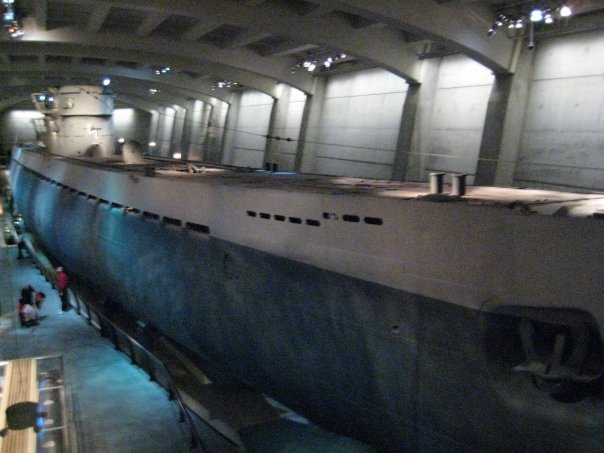


The U-boats scored a number of impressive successes, and were able to drive the Grand Fleet from its base in search of a safe anchorage, but the German Navy was unable to erode the Grand Fleet's advantage as hoped. While submerged, the U-boat was virtually blind and immobile boats of this era had limited underwater speed and endurance, and so needed to be in position before an attack took place, while even on the surface their speed (around 15 knots) was less than the cruising speed of most warships and two-thirds that of the most modern dreadnoughts.

Its disadvantages were less obvious, but became apparent during the campaign. In 1914 the U-boat's chief advantage was to submerge surface ships had no means to detect a submarine underwater, and no means to attack even if they could, while in the torpedo the U-boat had a weapon that could sink an armoured warship with one shot. On 21 December 1914 U-12 torpedoed the French battleship Jean Bart (beyond Otranto), causing her to retire to Malta for serious repairs, and on 27 April 1915 U-5 sank the French cruiser Léon Gambetta, with a heavy loss of life. The Austro-Hungarian U-boats had a number of successes.
#Largest uboat plus#
However during the war new larger U-boats came into service plus Germany shipped several overland. At the start of hostilities, the Austro-Hungarian Navy had seven U-boats in commission five operational, two training all were of the coastal type, with limited range and endurance, suitable for operation in the Adriatic. The initial phase of the U-boat campaign in the Mediterranean comprised the actions by the Austro-Hungarian Navy's U-boat force against the French, who were blockading the Straits of Otranto. Main article: Mediterranean U-boat Campaign (World War I) By the end of the initial campaign, the U-boats had sunk nine warships while losing five of their own number. In October U-9 sank the cruiser Hawke and U-27 sank the submarine E3, the first time one submarine sank another, and on the last day of the year SM U-24 sank the pre-dreadnought battleship Formidable. In September, SM U-9 sank three armoured cruisers ( Aboukir, Hogue, and Cressy) in a single action. Later in the month, the U-boats achieved success, when U-21 sank the cruiser HMS Pathfinder. Only one attack was carried out, when U-15 fired a torpedo (which missed) at HMS Monarch. One of U-9's engines broke down and she had to return to Heligoland. Their aim was to sink capital ships of the British Grand Fleet, and so to reduce the Grand Fleet's numerical superiority over the German High Seas Fleet. In August 1914, a flotilla of ten U-boats sailed from their base in Heligoland to attack Royal Navy warships in the North Sea in the first submarine war patrol in history. Main article: Atlantic U-boat Campaign (World War I) German U-boat U-14 Other naval theatres saw U-boats operating in both the Far East and South East Asia, the Indian Ocean and the Mediterranean and North Seas.ġ914: Initial campaign North Sea: Initial stage In the course of events in the Atlantic alone, German U-boats sank almost 5,000 ships with nearly 13 million gross register tonnage, losing 178 boats and about 5,000 men in combat. The British had the Royal Navy which was superior in numbers and could operate on most of the world's oceans because of the British Empire, whereas the Imperial German Navy surface fleet was mainly restricted to the German Bight, and used commerce raiders and unrestricted submarine warfare to operate elsewhere. The German Empire relied on imports for food and domestic food production (especially fertilizer) and the United Kingdom relied heavily on imports to feed its population, and both required raw materials to supply their war industry the powers aimed, therefore, to blockade one another. It took place largely in the seas around the British Isles and in the Mediterranean. The U-boat campaign from 1914 to 1918 was the World War I naval campaign fought by German U-boats against the trade routes of the Allies.


 0 kommentar(er)
0 kommentar(er)
